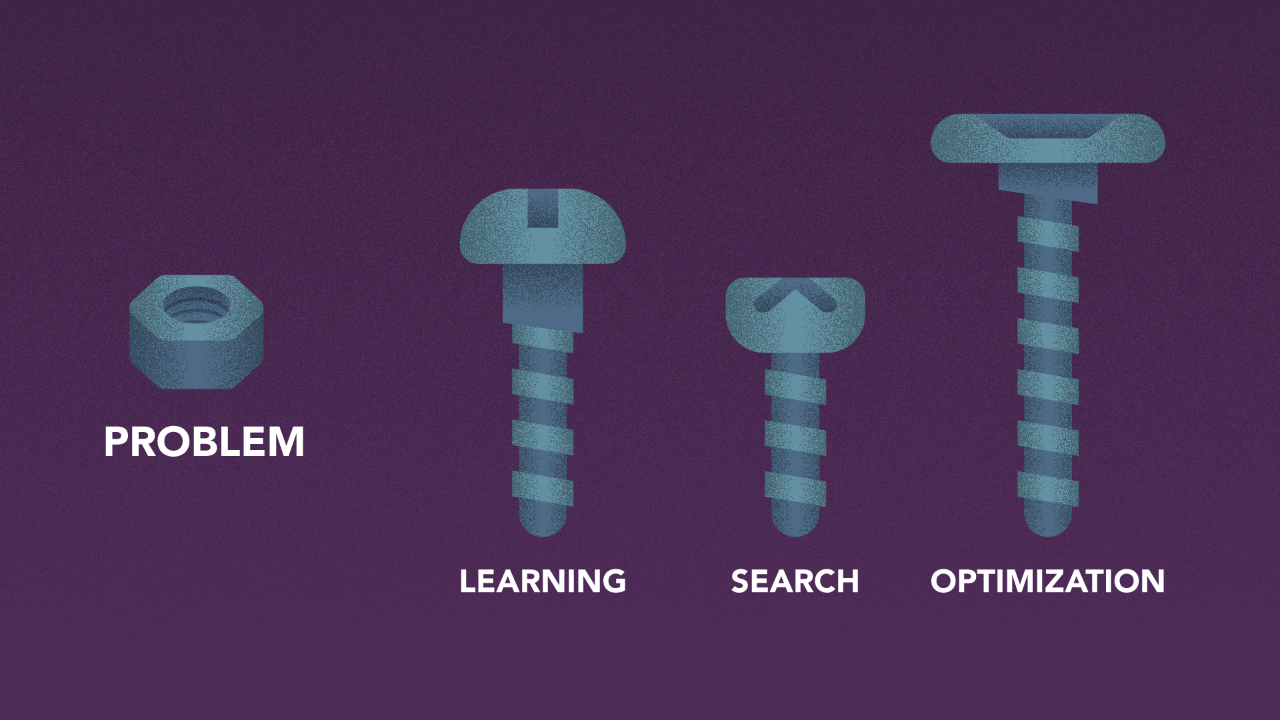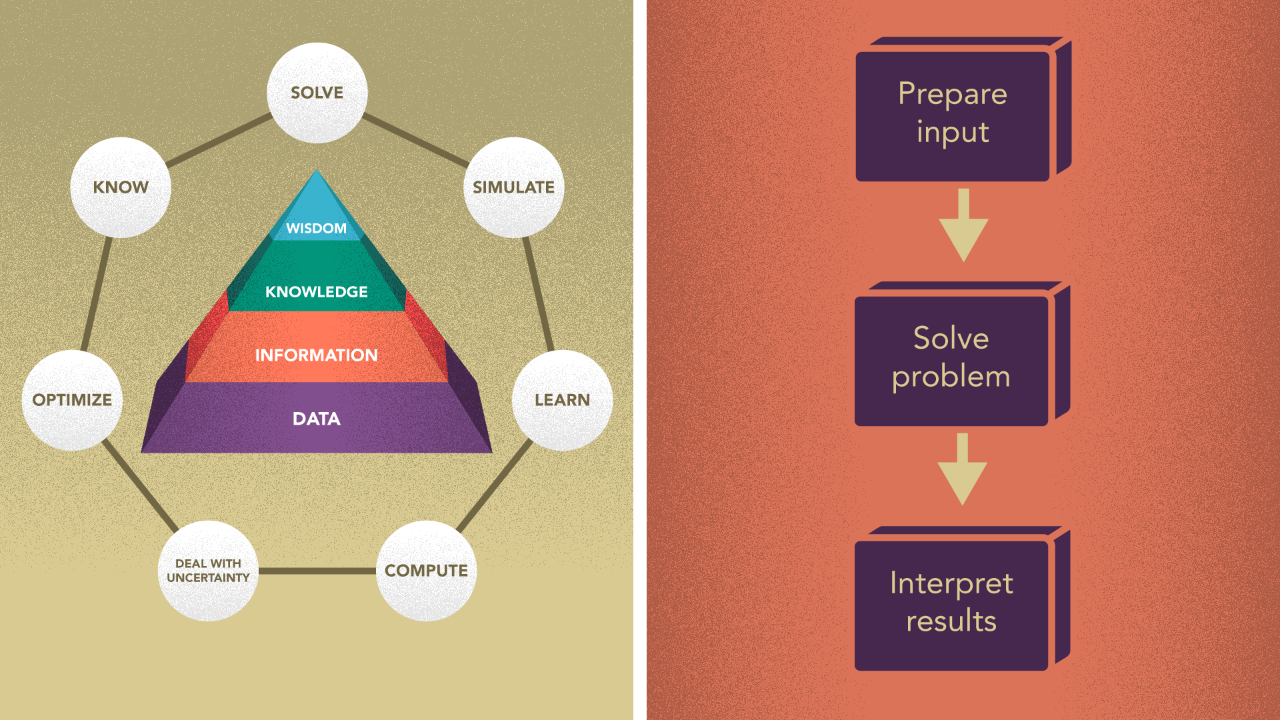Methods in AI: The Magnificent Seven — The Big Picture
Oct 14, 2022 | Jagannath Rajagopal | 3 min read
In my first article, I introduced the idea of Hero Methods, which form the foundation for building pathways towards AI. There are 7 methods -
- Learn
- Optimize
- Simulate
- Represent
- Solve
- Deal with Uncertainty
- Compute
6 (Statistics) & 7 (Computer Science) are obviously whole domains in themselves; we are only concerned about those aspects that deal with 1–5, like High Performance Computing.
- - -
The objective of Hero Methods here is to interact with its world.
Machines only understand numbers and Hero Methods are their way of making sense of the world and performing actions in it. Ultimately it comes down to whether the world can be represented and understood in math.

This image illustrates how the methods come together. There are three types of methods.
Lead methods: This includes Learn, Simulate, Optimize and Solve. Leads help generate the math needed to model a world.
Support methods: Compute and Deal with Uncertainty fall into this category. Support methods assist lead methods in better performing their task.
As stated, Compute refers to anything that we need to develop a Hero Model. We are making specifically referring to High Performance Computing in all of its different forms. Compute is the most foundational piece as it supports the functionality of all other methods built atop it. Without computation, no hero model is feasible.
Uncertainty and the techniques to manage it, work themselves into all of the other methods above them.
Represent is a hybrid. Certain forms of representation like graphical models are the end goal, and they carry the intelligence. This is in contrast to the other forms of representation as they are usually the starting point and serve as input for subsequent methods in the overall architecture.
For certain types of learning problems the learner is the end customer, with the representation acting as the input. But for other types, the learner is actually the intermediate step in deriving the representation.
Keep in mind that represent is a hybrid in the sense that the more advanced versions of this method — take ontologies for example — formally model meaning & intelligence.
I’ve created a LOT of resources on this topic. Here’s my course on Design Thinking for Hero Methods. Here’s my YouTube channel with previews of course videos. Here’s my website; navigate through the courses to find free previews & pdfs.
- - -
Let’s ponder Interchangeability & Integration.
Learning about the Magnificent Seven and examples of real-world problems is the first step in developing an intuition for how they are applied. In order to explore new opportunities, you need to go a little further. Thinking along two paths is helpful.
First, can a problem that is usually solved by one of them be recast as another? Can a simulation be solved as a learning problem? Can an optimization problem be solved by search? Exploring this expands your possibilities in solution design.

Second, how can the methods you’re using be combined together in two or more steps in a simple architecture, to solve a complex problem? The output of a learning problem may be an input to a simulation. Conversely, because data is always a sample, it is possible to simulate the whole population to allow the model to learn a more complete set of experiences.

The number of ways a problem can be modelled can be large, as is the number of ways different methods can be combined. As elsewhere, our goal at Kado is to be illustrative, not exhaustive.
We believe that learning by example is key. Hopefully you’ve taken away from this section a global view of how the methods come together, how they relate to each other, and an understanding of how they can be combined to tackle a complex Hero problem.
Closing note: Potential questions of interchangeability and integration do not apply to support methods.
This is how we see the world
Machine Learning is King, but of narrow territory. Hero Methods do things that ML cannot. Taken together, not only do they help solve complex problems, they also lay the doorway to AI.
Get in touch
-
Milton, ON L9T 6T2, Canada
-
help@kado.ai
-
+1 416 619 0517
Copyright © 2025
Super!
An email is on it's way.
Super!
An email is on it's way.

